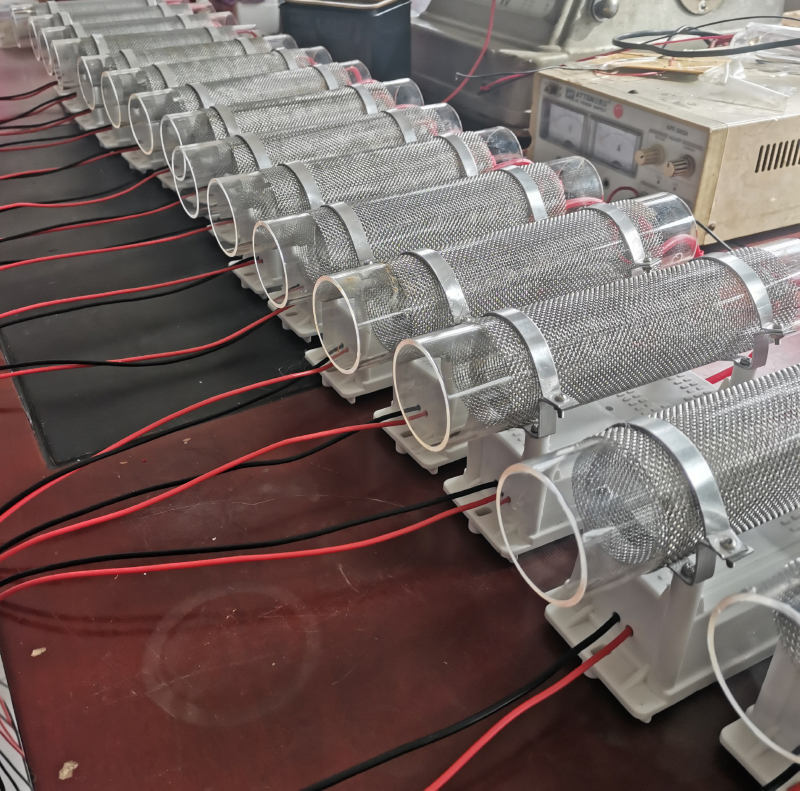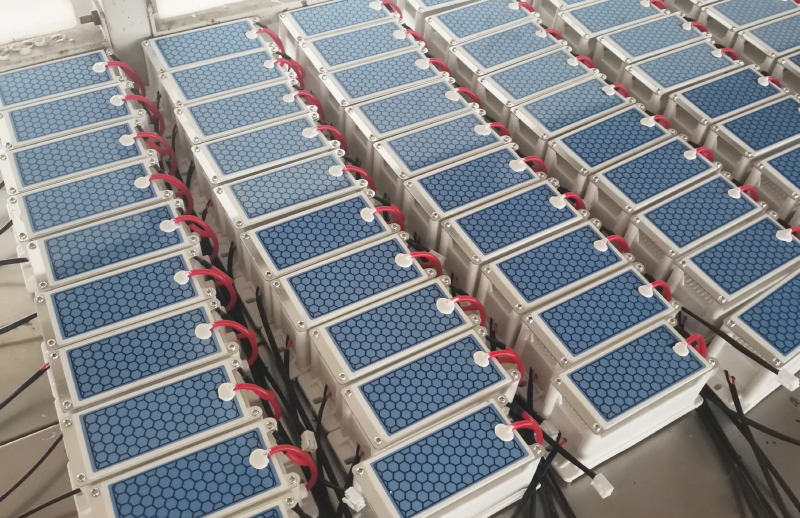Various types of ozone generators on the market now mainly produce ozone in two ways. They are ultraviolet and corona. What is the difference between them?
UV ozone generator
- Generally, ultraviolet light is divided into three wavelengths: long wave (UV-A), medium wave (UV-B),
and short wave (UV-C). The wavelengths are: - UV-A (long wave) 400-315 nm
- UV-B (medium wave) 315-280 nm
- UV-C (short wave) 280-100 nm and below
- Among them, UV-C (short-wave) ultraviolet rays with a wavelength of 250nm-270nm have the effect of destroying single bacteria, viruses, molds, and yeasts. At the same time, UV-C produces ozone at a wavelength of 185nm. This type of ozone generator can simultaneously use ultraviolet rays and ozone for disinfection.
Corona discharge ozone generator
- Most ozone generators use corona discharge to produce ozone. The basic principle is that the ozone generator consists of a pair of electrodes, a dielectric, and a discharge air gap
- When AC high voltage is applied to the two electrodes, due to the collision of high-speed electrons with oxygen molecules, under the action of high external energy, corona discharge occurs in the air gap, the oxygen-carrying gas is ionized, and the oxygen ionization concentration in the gap is large Increase the rate of increase, oxygen ions, and oxygen molecules react with each other to form ozone
- Ozone is produced by oxygen or dry air. This type of ozone generator can produce high-concentration ozone gas and can quickly disinfect. Suitable for use in large spaces.

